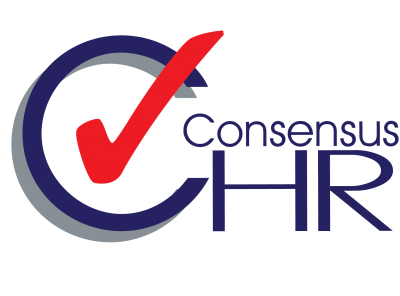The History of Human Resource Management (HRM)

The History of Human Resource Management (HRM) begins around the end of the 19th century, when welfare officers (sometimes called ‘welfare secretaries’) came into being. They were women and involved with the protection of women and girls. Their creation was a reaction to the:
- Harshness of industrial conditions
- Pressures arising from the extension of the franchise
- Influence of trade unions and the labour movement
- Campaigning of enlightened employers, often Quakers, for what was called ‘industrial betterment’
As the role grew there was some tension between the aim of moral protection of women and children and the need for higher output.
20th century developments
The First World War accelerated change in the development of personnel management. Women were recruited in large numbers to fill the gaps left by men going to fight. This meant reaching agreement with trade unions (often after bitter disputes) about ‘dilution’– accepting unskilled women into craftsmen’s jobs and changing manning levels.
During the 1920s, jobs with the titles of ‘Labour Manager’ or ‘Employment Manager’ were introduced to the engineering industry and other industries where there were large factories. The role involved handling absence, recruitment, dismissal and queries over bonuses. Employers’ federations, particularly in engineering and shipbuilding, negotiated national pay rates with the unions, but there were local and district variations and there was plenty of scope for disputes.
During the 1930s, the economy was beginning to pick up. Big corporations in these newer sectors saw value in improving employee benefits as a way of recruiting, retaining and motivating employees. But older industries such as textiles, mining and shipbuilding were hit by the worldwide recession. These sectors did not adopt new techniques, seeing no need to do so because they had no difficulty in recruiting labour.
The Second World War brought about welfare and personnel work on a full-time basis at all establishments producing war materials. The Ministry of Labour and National Service insisted on it, just as the Government had insisted on welfare workers in munitions factories in the previous conflict. The Government saw specialist personnel management as part of the drive for greater efficiency. As a result, the number of people in the personnel function grew substantially; there were around 5,300 in 1943.


Reaping the rewards of HR
Reaping the rewards of HR
By 1945, employment management and welfare work had become integrated under the broad term ‘personnel management’. Experience of the war had shown that output and productivity could be influenced by employment policies. The role of the personnel function in wartime had been largely that of implementing the rules demanded by large-scale, state-governed production. As a result, the image of an emerging profession was very much a bureaucratic one.
Following the development of poor industrial relations during the 1960s, a Royal Commission under Lord Donovan was set up. Reporting in 1968, it was critical of both employers and unions; personnel managers were criticised for lacking negotiation skills and failing to plan industrial relations strategies. At least in part, Donovan suggested, these deficiencies were a consequence of management’s failure to give personnel management sufficiently high priority.
In the 1960s and 1970s employment started to develop significantly. At the same time personnel techniques developed using theories from the social sciences about motivation and organisational behaviour. Selection testing became more widely used and management training expanded. During the 1970s, specialisms started to develop with reward and resourcing, for example, being addressed as separate issues.
Around the mid-80s, the term ‘Human Resource Management’ arrived from the USA. The term ‘Human Resources’ is an interesting one; it seemed to suggest that employees were an asset or resource-like machines, but at the same time HR also appeared to emphasise employee commitment and motivation. At Consensus HR, we always emphasise to clients the importance of making the most of one of your most important business assets and resources: your people.
Today's HR Activities
In today’s HR world we ensure that we cover a number of specialist disciplines, including:
- Diversity (plus other aspects of employment law)
- Reward (including compensation, benefits, pensions)
- Resourcing (such as recruitment, disciplinary and redundancy processes)
- Employee relations (including performance and absence management)
- Organisation development and design
- Learning and development
- Correcting systems, policies & procedures
These disciplines ensure that your business is working to best practice, within the law and making maximum use of its team. This offers financial and operational benefits to the business and team.
Join the HR revolution!

